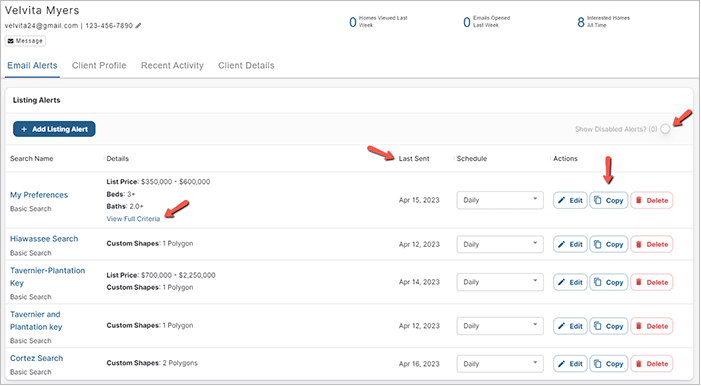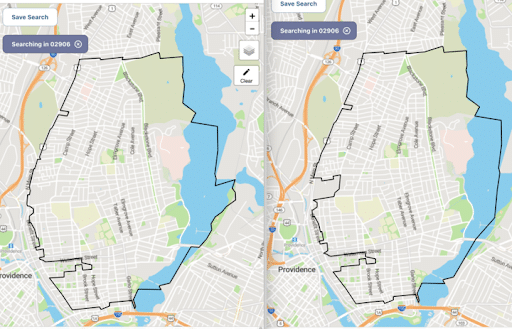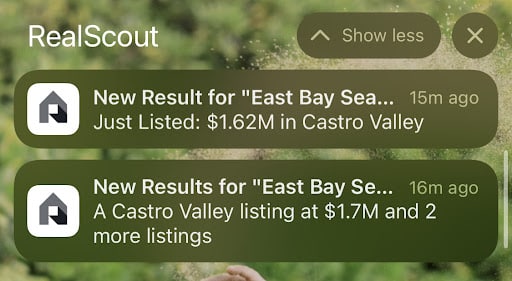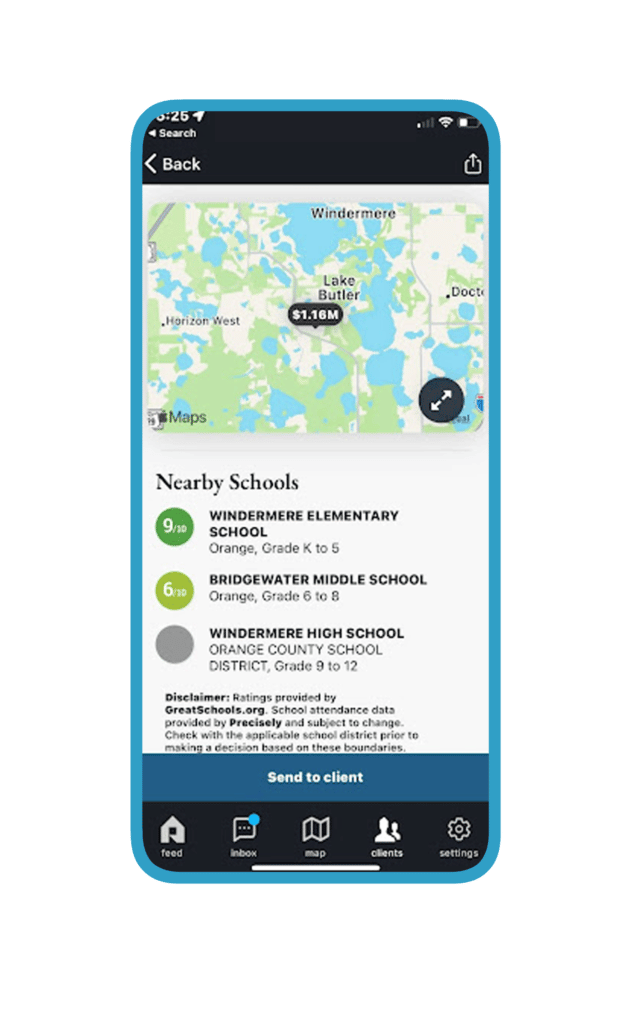Have you ever replied to a buyer email and never heard back? Was it a junk lead? Maybe. It’s more likely that you sent an ineffective email. Put simply, poorly crafted emails waste time and money, the exact opposite of what they’re supposed to do.
Leveraging the many years of experience I gained from being a Realtor and a sales thought-leader, I will teach you the four rules to writing killer emails to engage buyer leads, which will ultimately increase your lead-conversion rate.
1. Answer directly and offer alternatives.
It’s not unusual to get random, one-line questions from buyers searching national portals. “Does this property have hardwood floors?”
Agents often make the mistake of replying with a qualifier like “Hey, thanks so much for reaching out. I’d love to help you. Are you qualified for a loan?” But this is not the time for a qualifier. Instead, answer the question directly. It’s what the consumer wants, and it’s how you demonstrate your expertise. You’ll also find that when you dig a little deeper, whatever feature the buyer is asking about might be a disqualifier for them — used to decide which properties they don’t want. Always assume that this is the case and offer alternatives. That way, you’re covered in either case. For example:
When asked, “Does the home have a gas stove?” Respond with, “Yes, it is gas, but I also have one that has a brand new electric range.”
When asked, “Does this home have hardwood floors?” Respond with, “It doesn’t, but here are a few other properties at similar price points that do.”
2. Provide value, and then ask for value back.
Before you can expect buyers open up to you with important information such as price range or prequalification, you first have to stand out from the throng by providing instant value to the consumer. After all, you’re not only competing with a lot of agents, but also your prospect has no reason to trust you at this point in the conversation.
By explicitly providing value to prospects that only you can provide, you can ease them into revealing vital business information to you. For example:
“Here’s your login to my advanced search platform. What’s your price range so that I can set you up?”
“Check out this great property that just hit the market an hour ago. Is this within your pre-approval?”
3. Control client scheduling.
When it comes to scheduling, subtle cues can have a huge impact on getting your prospects to respond. “Yeah, I can show it Thursday night. Tell me what time is good for you,” seems like a perfectly acceptable suggestion. However, it forces the prospect to look at their schedule to find their best time and perhaps coordinate with their spouse, simply to respond to an email — it’s far too much work.
As a rule, every scheduling question should be answerable with yes or no. Better yet, this is the perfect opportunity for a presumptive close. Assume a time works for your prospect, and make them ask for a reschedule. For example:
“Sure, I’ll be in the neighborhood tomorrow. I’ll meet you at Starbucks at 4 p.m. Does that work for you?”
“Let’s talk when I call you tomorrow at 10 a.m. Let me know if you have a conflict.”
4. FOMO (fear of missing out).
Even during early stages of buyer engagement, you have the opportunity to create an urgency that can turn lookie-loos to serious buyers, using an advanced trick called FOMO — the fear of missing out.
FOMO accomplishes two things. First, it establishes that you are a popular agent and that market demand is high. Second, it encourages prospects to act instead of think, which moves them one step closer to a transaction with you. For example:
“I happen to be showing Thursday at 7 p.m. Let me know if that works for you — I can try and squeeze you in.”
“I know that’s a really popular listing. If you’d like to see it as well, I have some time Wednesday at 6 p.m.”
Any response is a good response
Follow the rules above, and you’re bound to get more responses from your prospects:
- The committed: “I love 123 Main St …” You’ve done well in engaging the prospect. Call. Meet. Show. Close.
- The recommit: “I can’t make that time …” You were direct, and suggested a showing time that didn’t work for them. Guess what? It’s the perfect opportunity to have your first phone conversation to coordinate schedules. It’s also the perfect time to reinforce your value and ask about their preapproval.
- The disqualifier: “No. Sorry, I’m not ready to see it yet. My wife and I just started looking to buy in about six months.” The consumer disqualified himself because you were direct with your next steps. You not only saved a bunch of time not engaging a lookie-loo, but now you also know information other agents don’t know. Add them to your nurture campaigns, and you’ll be first in line in six months.
With these rules in your toolkit, you can be confident that you’re making the most of our your email correspondences. Used the right way, an email will save you a huge amount of time and money, and it will become a core strategy to engage more leads.
What other rules do you follow when writing emails? Please leave your thoughts in the comments section below.







